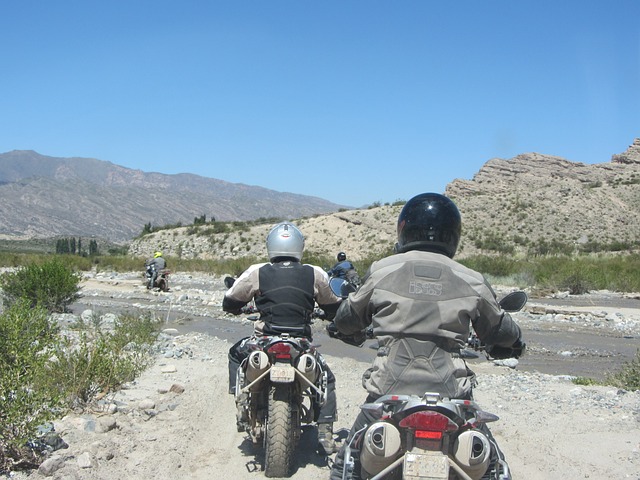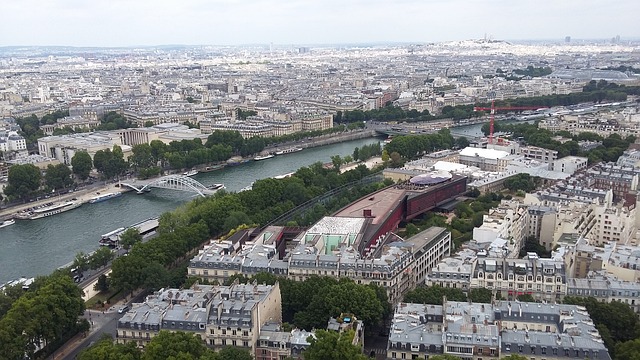Guiding Through the Lens: The Photographer’s Approach to Touring
Travel and photography are intrinsically intertwined, bringing the unique dimensions of personal experience and expression together in a tangible form. Photographers not only capture images but also narrate stories through their lens, allowing others to share in their journeys. This article delves into the intricacies of the photographer’s approach to touring, exploring the intersection between exploration, artistry, and the advent of technology.
The Essence of Scouting Locations
When photographers embark on a tour, their first step typically involves researching and scouting locations. This phase is not simply about finding picturesque vistas but understanding the environment, culture, and potential subjects that resonate with their artistic vision. Many photographers dedicate considerable time to this process, utilizing various resources such as social media platforms, photography blogs, and travel guides.
Geolocation features on these platforms often reveal popular spots frequented by both tourists and local photographers, offering insights into what has already been captured and inspiring unique interpretations. Some photographers even use Google Earth or mapping applications to study topographical features, plan routes, and visualize their shots before arriving.
Capturing Authenticity in Portraiture
For photographers focused on portraiture, capturing authentic emotion is key. Engaging with locals, listening to their stories, and respecting their spaces can result in genuine portraits that reflect individual and cultural identities. Photographers often find that the best shots arise from connection, as subjects become more comfortable with a camera’s presence.
During tours, opportunities to photograph local communities abound. Whether documenting a bustling market or participating in cultural festivals, photographers can engage with individuals in meaningful ways. This engagement might include sharing a brief backstory about their own journey, which can foster trust and openness.
Building a Narrative Through Images
Each photograph taken during a tour can contribute to an overarching narrative. Photographers may choose to follow a specific theme, such as environmental conservation, urban life, or traditional customs. By maintaining a consistent vision, they ensure that their series of images speaks to a larger story.
To strengthen their narrative, photographers often combine different types of imagery, such as landscapes, candid moments, and cultural artifacts. For example, an image of a bustling marketplace may be accompanied by close-ups of craftsmen at work, creating a dialogue between the vibrant setting and the skillful hands that sustain it.
The Role of Light and Time
Light is an essential element of photography, profoundly influencing the mood and tone of an image. Photographers often rise early or stay out late to capture the soft light of dawn or the warm glow of dusk, known as the golden hour. This delicate interplay of light can transform ordinary scenes into extraordinary visuals, enhancing texture and depth.
The time of year also plays a critical role in shaping a photographer’s approach to touring, as each season presents its unique palette. Spring blooms, summer greens, autumn hues, and winter whites all offer distinctive backdrops worth exploring. Photographers may return to the same location across seasons, each time capturing a different rendition that contributes to their ongoing story.
Embracing the Unexpected
While planning is crucial, many photographers find that spontaneity often yields the most striking results. Embracing the unexpected during a tour – whether by stumbling upon a hidden gem or encountering unpredictable weather – can lead to memorable photographs.
For instance, a sudden rain shower can create opportunities for dramatic imagery, as raindrops reflect light in unique ways. Additionally, unplanned interactions with people or the environment can result in candid moments that encapsulate the essence of a location, adding depth to the narrative being built.
Equipment Considerations
The choice of equipment can significantly impact a photographer’s ability to capture their vision. During tours, portability and versatility often take precedence. Many photographers opt for lightweight camera gear, such as mirrorless systems, that allows for ease of movement without sacrificing image quality. This flexibility is beneficial for capturing spontaneous moments that arise during exploration.
Moreover, numerous accessories can enhance the photography experience. Lens filters might be used to manipulate light and colors, while tripods can stabilize shots in low-light situations. Photographers must thoughtfully plan their gear selection to strike a balance between their artistic intent and practical considerations.
Post-Processing: Honing the Final Story
The photographer’s journey doesn’t conclude with clicking the shutter. Post-processing is a critical phase that allows photographers to refine and enhance their images. Software like Adobe Lightroom or Photoshop permits adjustments in exposure, color balance, contrast, and cropping, empowering photographers to elevate their work. This stage is where their vision truly comes to life.
During post-processing, photographers often reflect on their original narrative. They may choose to enhance certain elements that align with the story they wish to convey—be it a more vibrant color palette for a lively festival scene or muted tones to evoke a sense of nostalgia in a quiet landscape.
Sharing Stories: The Impact of Digital Platforms
In the age of technology, sharing photographs has become more accessible than ever. Photographers leverage platforms such as Instagram, photography blogs, and online galleries to showcase their work, not only expanding their audience but also facilitating connection with other creatives.
Social media can be a valuable tool for photographers to document their tours and receive real-time feedback from followers. Engaging with an audience offers a sense of community, fostering discussions about techniques, experiences, and artistic interpretations. This connectivity is particularly crucial in an era when visual storytelling is at the forefront of communication.
Ethical Considerations in Photography
As photographers capture images around the world, ethics come into play. It is vital for photographers to approach their subjects with respect and sensitivity, understanding the cultural significance behind moments they wish to document. Consent is paramount, especially when photographing individuals or communities.
Photographers must also consider the implications of their storytelling—what narrative they are amplifying and how it may shape perceptions of a place or person. Striking the right balance between artistic expression and ethical responsibility is a lifelong learning journey for photographers.
Conclusion: A Lifelong Journey of Learning
The photographer’s approach to touring is a multifaceted journey, encompassing preparation, creativity, spontaneity, and ethical reflection. Each image captured is a piece of a larger mosaic that reflects personal growth and the beauty of the world seen through their lens. Photographers are, in a sense, storytellers, guiding their audience through visual narratives that educate and inspire while fostering a deeper appreciation for diverse cultures and environments.
As technology continues to evolve, the ways in which photographers document and share their experiences will undoubtedly shift. Yet, the fundamental principles of connection, authenticity, and respect will remain timeless. Through exploration and creativity, photographers will continue to tell stories that bridge gaps, spark curiosity, and foster understanding worldwide.


